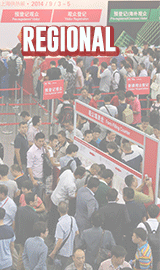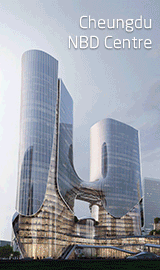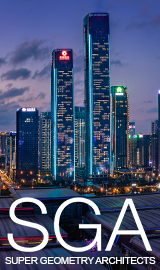Sir Terry Farrell, who passed away on 28 September 2025 at the age of 87, leaves behind a built legacy that continues to shape the urban experience of Hong Kong and mainland China.
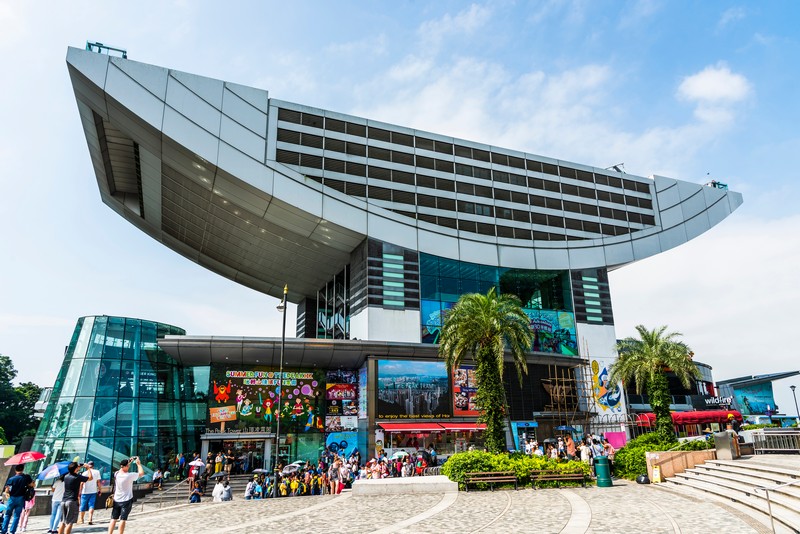
The Peak Tower, Hong Kong
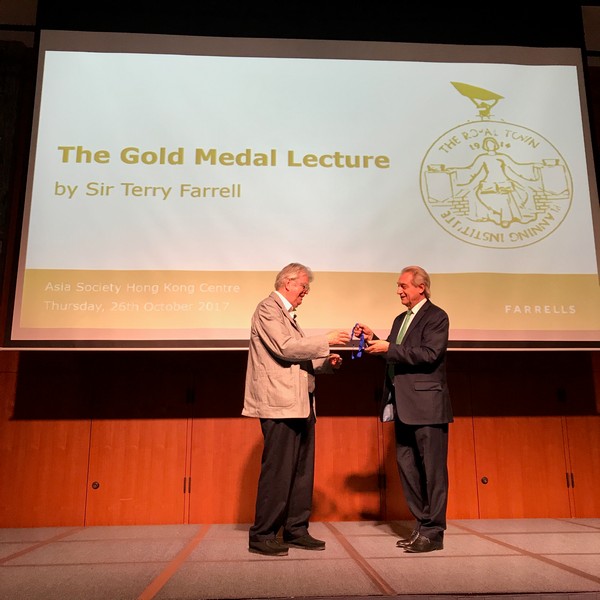

Sir Terry Farrell
Known for his contextual urbanism and postmodern flair, Farrell’s work in Asia was never about spectacle for its own sake, it was about place, people, and purpose.
Farrell’s relationship with Hong Kong began in earnest in 1991, when his firm Farrells opened its office in the city. One of his earliest and most iconic contributions was the Peak Tower, completed in 1995. Perched dramatically above Victoria Peak, the building’s bold silhouette, part spaceship, part sculpture, became a symbol of Hong Kong’s confidence in the post-handover era. It wasn’t just a tourist attraction; it was a statement about the city’s aspirations.

Beijing South Station 
Photos: Fu Xing Studio
Farrell’s approach to urban infrastructure was equally transformative. His firm played a central role in designing Guangzhou South Railway Station, once the largest in Asia. The station’s sweeping rooflines and intuitive passenger flow demonstrated Farrell’s belief that transport architecture could be both functional and civic. Similarly, Beijing South Railway Station, completed in 2008, fused engineering prowess with spatial clarity, handling millions of passengers annually while maintaining a sense of human scale.
In Shenzhen, Farrells designed KK100, a 100-story skyscraper that remains the tallest building ever designed by a British architect. Its slender form and mixed-use program reflect Farrell’s interest in vertical urbanism, how towers can serve as micro-cities rather than isolated monuments.
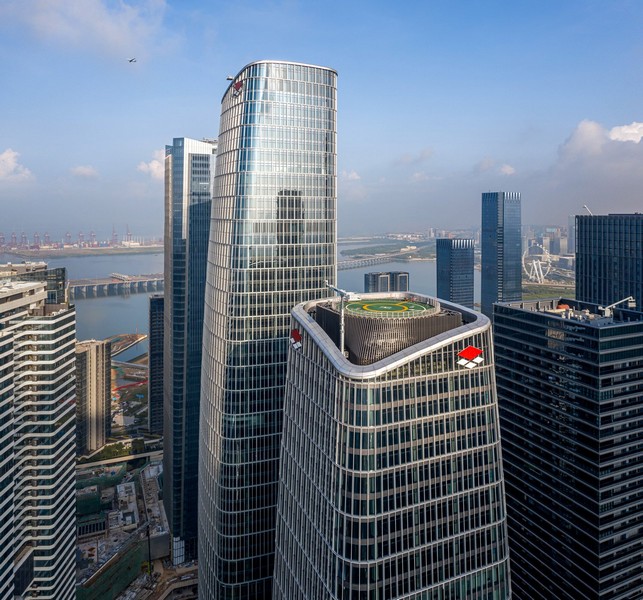
One Excellence, Qianhai, Shenzhen 

Kingkey 100 Development 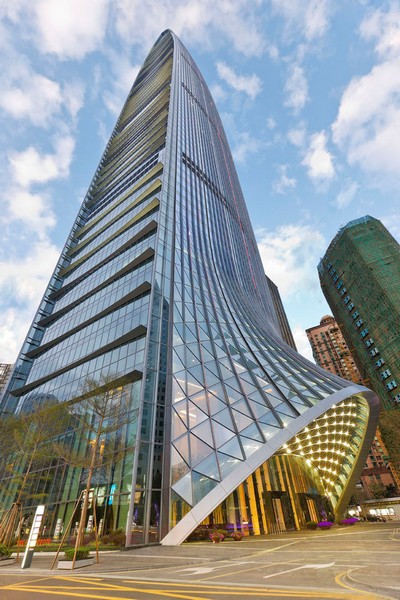
KK100, Shenzhen
Farrell’s work in Asia was not limited to megastructures. Projects like the Sheraton Dameisha Resort in Shenzhen showed his sensitivity to landscape and leisure, with curving forms that echo the surrounding mountains and coastline. Across these projects, Farrell’s hand is evident: a commitment to context, a rejection of bland internationalism, and a belief that architecture should engage with its surroundings.
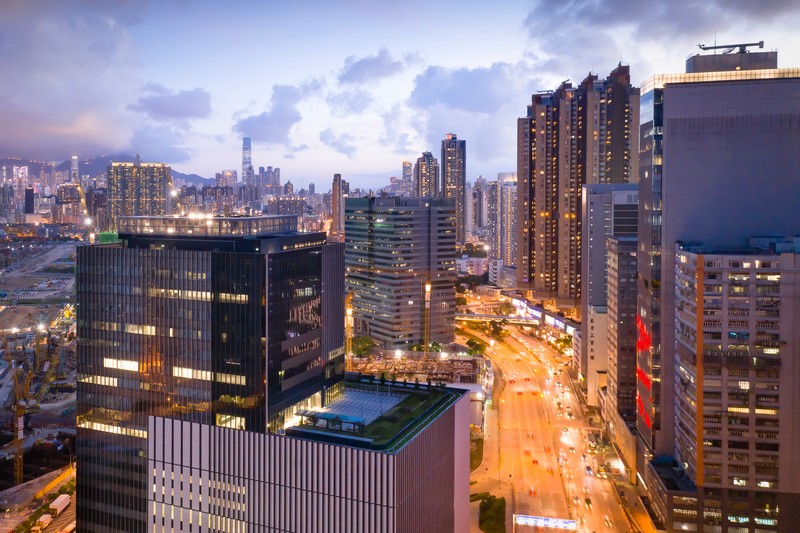
Kowloon East Regional Headquarters 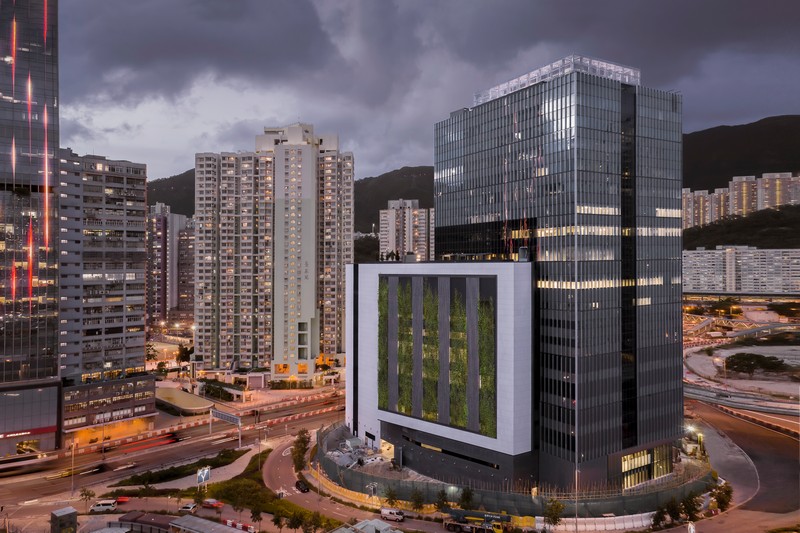
Photos: Kris Provoost
He once said, “Architecture is not about the building, it’s about the city. It’s about the people who use it.” That ethos resonated in his Asian work, where he often collaborated with local planners and engineers to ensure relevance and longevity.
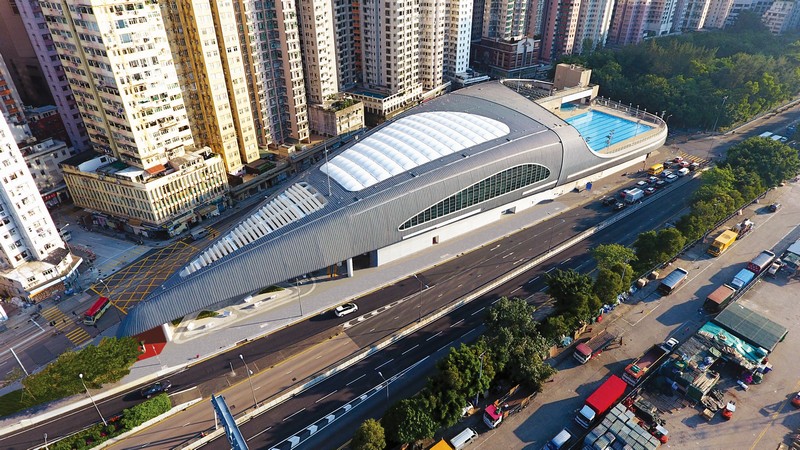
Kennedy Town Swimming Pool 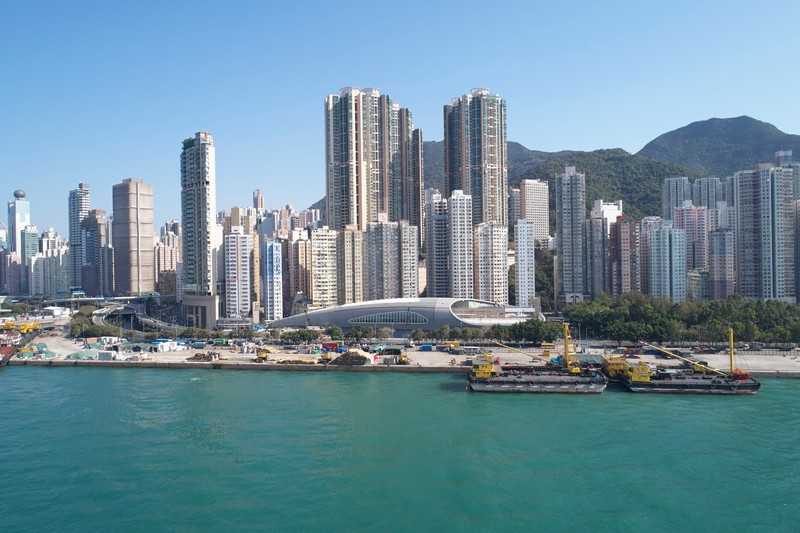
Photos: Marcel Lam

Exhibition Centre Station 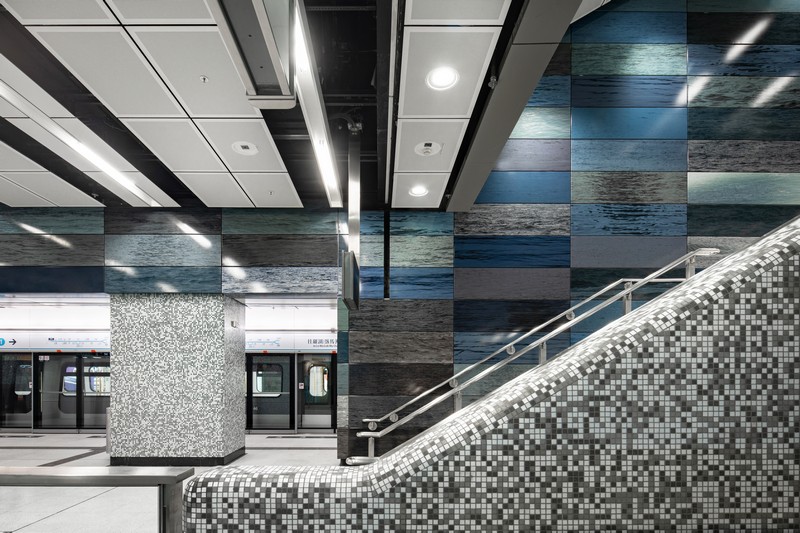
Photos: Kris Provoost
Beyond buildings, Farrell contributed to architectural discourse through writing. His books include:
- “Place: A Story of Architecture and the City” – a reflection on urban design and the role of memory in shaping cities.
- “Architecture and the City: A Postmodern Perspective” – exploring his design philosophy and critiques of modernist planning.
- “The Farrell Review” – a government-commissioned report on architecture and the built environment in the UK, which also influenced thinking abroad.
For those in Hong Kong and China who worked with him, Farrell was more than a visiting architect, he was a collaborator, a provocateur, and a listener. His buildings remain part of the daily rhythm of city life, not just as landmarks, but as lived spaces.
Other notable projects by Sir Terry Farrell
- MI6 Building (London)
- Charing Cross Station (London)
- Home Office Building (London)
- Incheon International Airport (Korea)


